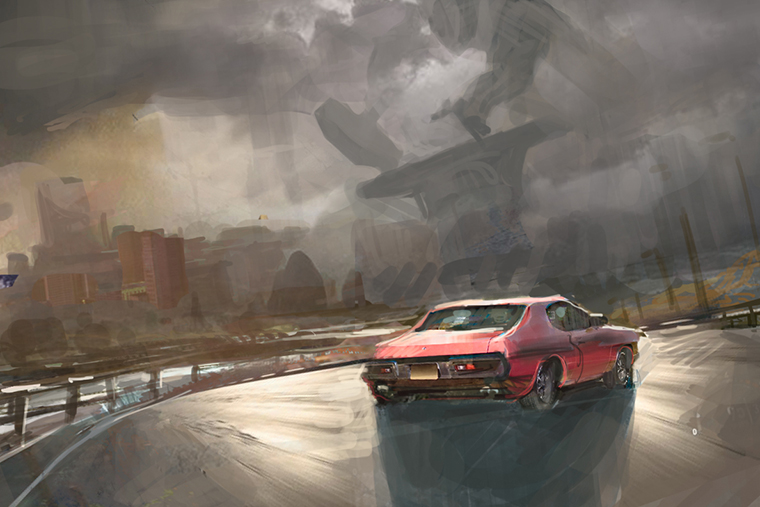In antiquity, centaurs roamed the western Eurasian Steppe in massive herds. Their encounters with settled folk living in Greece rarely went well — the battle that ensued between a herd of centaurs and the Lapith tribe after the former, invited to a wedding, heavily overindulged in wine is handed down in myth as the Centauromachy; and many a culture cursed the centaurs for inspiring the mounted combat of the Scythians, who mimicked the centaur style of archery. Centaurs have never held with settled life. They cannot bear to be confined, and the hard roads humans lay down pain their hooves greatly (for a centaur will never allow herself to be shod like a common horse!). The more personable and staid of centaurs will often trade with settled civilizations, especially for alcohol, which centaurs love.
Despite the best efforts of modern states to civilize them (most of which were given up as futile more than a century ago), centaurs still live in great numbers on the Eurasian steppe, with smaller colonies in northern Greece (particularly the plains of Thessaly) and even the United States. The products of an abortive 19th-century experiment, these centaurs were captured and transported to North America in numbers significant enough to sustain a native population, which to this day circulates throughout the Great Plains, much to the frustration of farmers there. Modern centaurs tend to be less violent than their historical counterparts, having learned well that there are always more humans and they always have more guns, but friction between humans and centaurs show few signs of abating.
Classical centaurs are, of course, not the only centaurs around. With the advent of the internal combustion engine, the ever-curious Hephaestus took to tinkering, and created bizarre hybrids of mortals and the vehicles they designed. Few survived the process, and even fewer managed to linger. Centaurs engineered around heavy motorcycles tend to be the most common, but they tend to die young, being much faster than classical centaurs and having no protection from falls whatsoever. As a result, they have a “burn brightly, burn quickly” philosophy, which lends them to extremes of behavior, especially violence.
Archetype: Professional
Qualities: Group Tactics, Natural Weapons (Hooves), Twitchy
Flairs: Here I Come
Drive: Eat, drink, and be merry!
Primary Pool (7): Agility, Archery (+1 Enhancement), Creative Pursuits
Secondary Pool (5): Kicking, Endurance, Survival
Desperation Pool: 3
Health: 2
Defense: 2
Initiative: 7

Design Philosophy: Centaur
Centaurs are stronger, faster, and have greater endurance than humans. Most centaurs are well-trained in archery, but ever since the advent of the firearm they’ve been happy enough to add rifles to their repertoire — the western U.S., in particular, had serious problems dealing with an armed herd of centaurs in the late 1800s. Their mobility is second to none in open areas, but they’ll have serious problems trying to negotiate everyday obstacles — like, say, stairs.
Mechanical centaurs will vary depending on their form — for those who are parts of cars or trucks (or even larger vehicles!), they can be treated more or less like vehicles. When it comes to cycle-based centaurs, who are much more personal-scale (if extremely hefty and hard), the better approach is layering on Armor and Flairs that allow for rapid movement across range bands.

If only Scion were coming out this year…
Just kidding… 😉
Oh, YAY! BOTH Types of Centaurs! I loved the Motorcycle Centaurs!
So motrocycle centaurs are looking for mortals are just biker gangs?